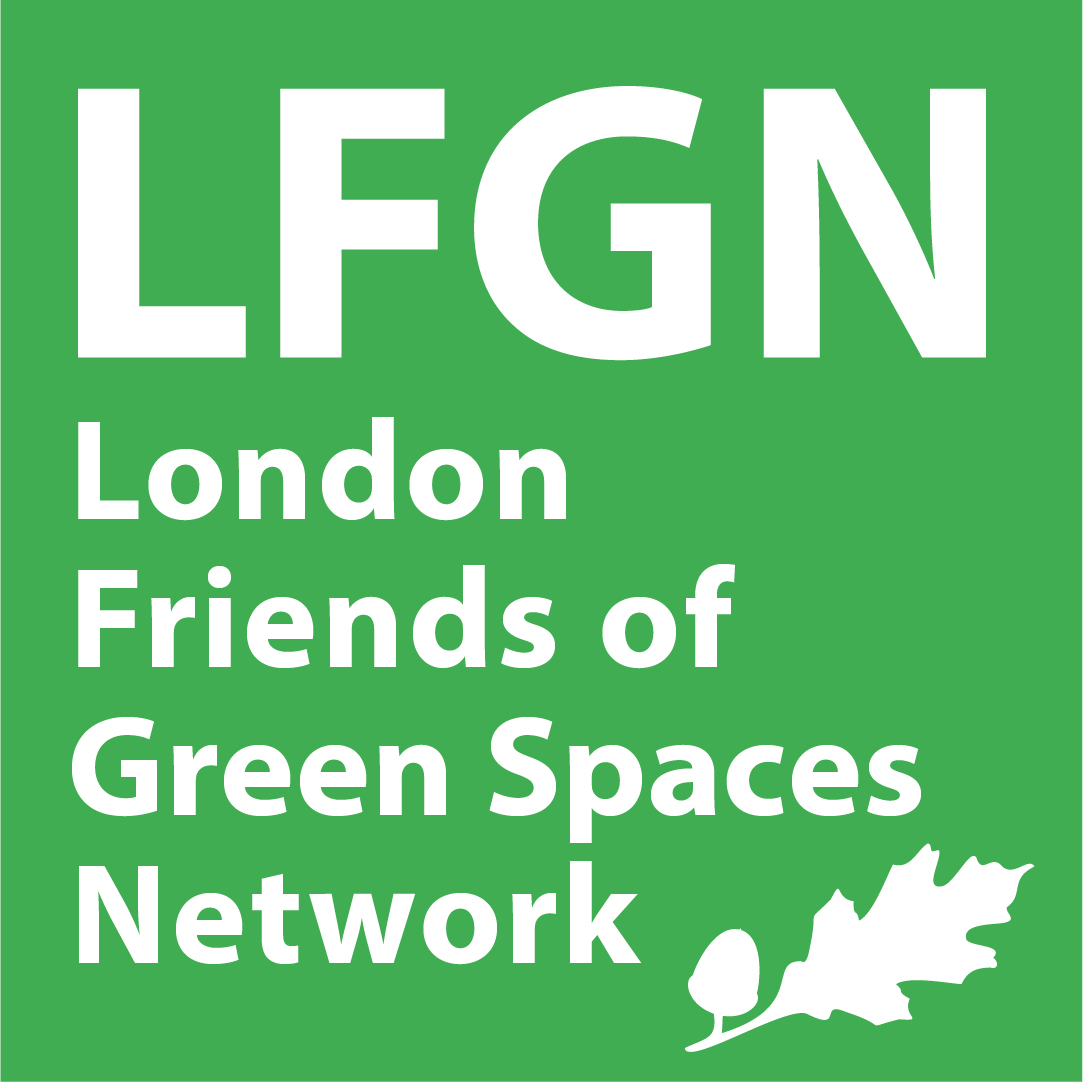DRAFT LONDON PLAN
Green infrastructure for healthier Londoners central to London Plan
London mayor Sadiq Khan’s Draft London Plan outlines a vision of the capital where green infrastructure – including green space – is integrated into the weave of the city, with the health of its residents a key concern.

Life expectancy varies widely between richer and poorer areas – more than 15 years for men and almost 19 years for women and only 34% of Londoners say they are doing the recommended 20 minutes of active travel which will keep them healthy. The need to reduce health inequalities is “urgent” the document says.
The London Plan proposes integrating green infrastructure into the heart of planning decisions, from schools to retail provision. It says good planning can help people build such activity into their everyday lives and recognises that “access to green and open spaces, including waterways, can improve health, but access varies widely across the city”.
Central to this is the ‘Healthy Streets Approach’ which proposes more walking and cycling routes and more “social spaces” in the public realm. This must be used “to prioritise health in all planning decisions” the document says. The mayor has set a strategic target of 80% of journeys made in London to be active travel or by public transport – it is currently 64% – and wants all Londoners to be able to undertake at least the 20 minutes of active travel each day needed to stay healthy by 2041.
This approach “will tackle London’s inactivity crisis, improve air quality and reduce the other health impacts of living in a car-dominated city by planning street networks that work well for people on foot and on bikes”, the document says.
All children should be able to travel to school by walking, cycling or public transport, with facilities located away from busy roads, the document says.
New housing developments “should encourage children and young people to move around freely through safe streets and footpath networks that connect to more formal play provision, green spaces and parks, and that follow the Healthy Streets Approach” the document adds.
Parks and green space are clearly identified as part of green infrastructure in the plan, which says “London’s network of green and open spaces, and green features in the built environment such as green roofs and street trees, should be protected, planned, designed and managed as integrated features of green infrastructure.”
To address inequality planners and developers must “ensure that the wider determinates of health are addressed in an integrated and co-ordinated way” and “plan for improved access to green spaces and the provision of new green infrastructure”.
The plan also calls for London boroughs to prepare green infrastructure strategies that integrate objectives relating to open space provision, biodiversity conservation, flood management, health and wellbeing, sport and recreation.
Development Plans and Opportunity Area Planning Frameworks should:
1) identify key green infrastructure assets, their function and their potential function
2) identify opportunities for addressing environmental and social challenges through strategic green infrastructure interventions.
The plan also says facilities such as sports pitches and multi-use games areas should be shared with the community and schools located next to parks and open spaces to further encourage the shared use of space.
Planners should “protect London’s open spaces, including the Green Belt, Metropolitan Open Land, designated nature conservation sites and local spaces, and promote the creation of new green infrastructure and urban greening” the document says.
The document also says green infrastructure should be incorporated into the public realm “to support rainwater management through sustainable drainage, reduce exposure to air pollution, manage heat and increase biodiversity”.

